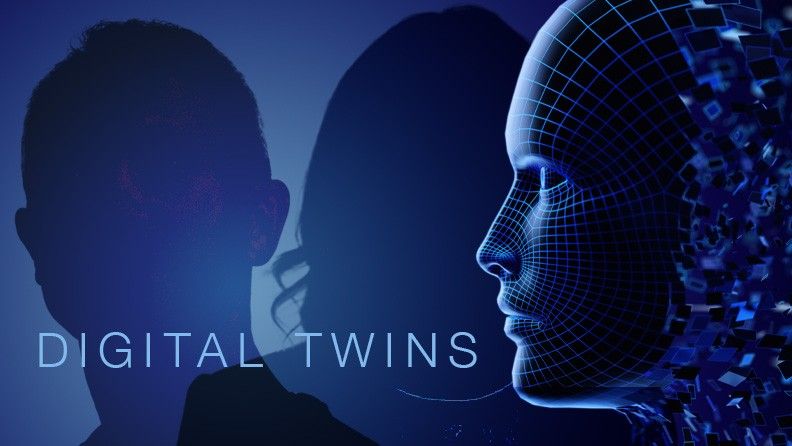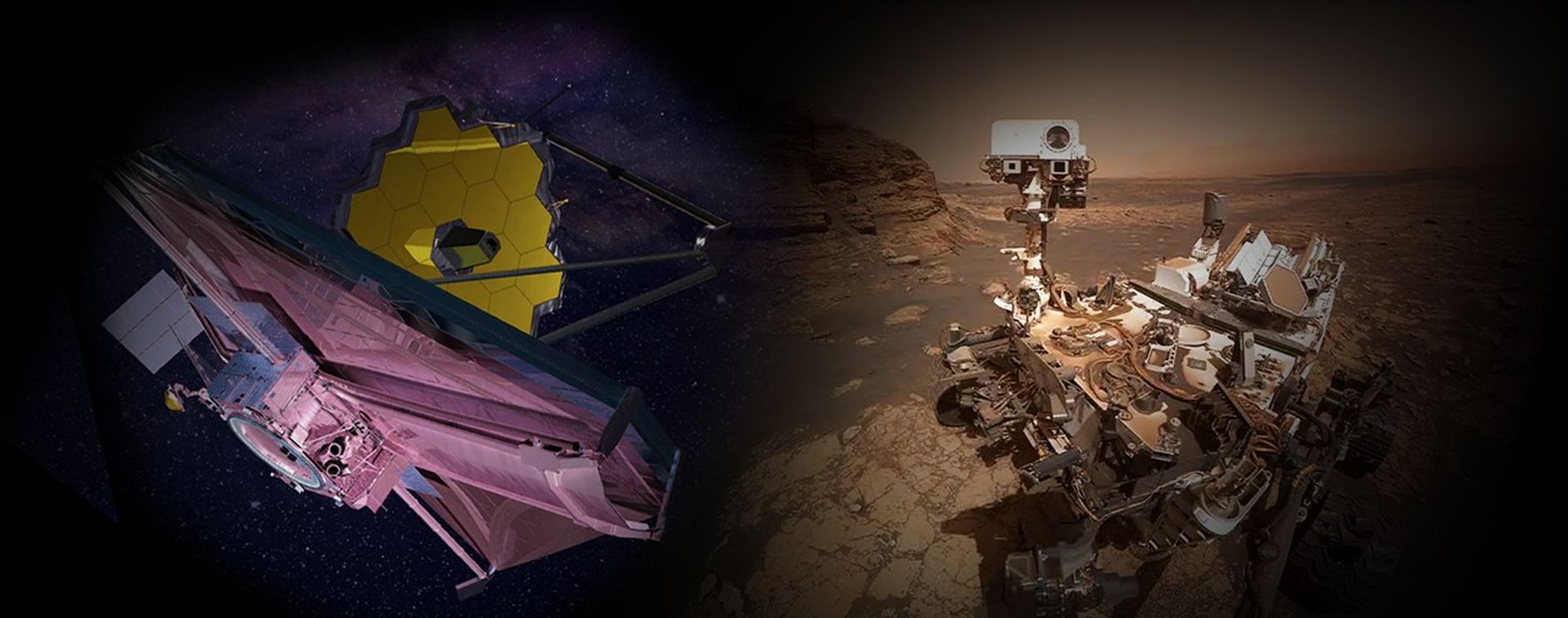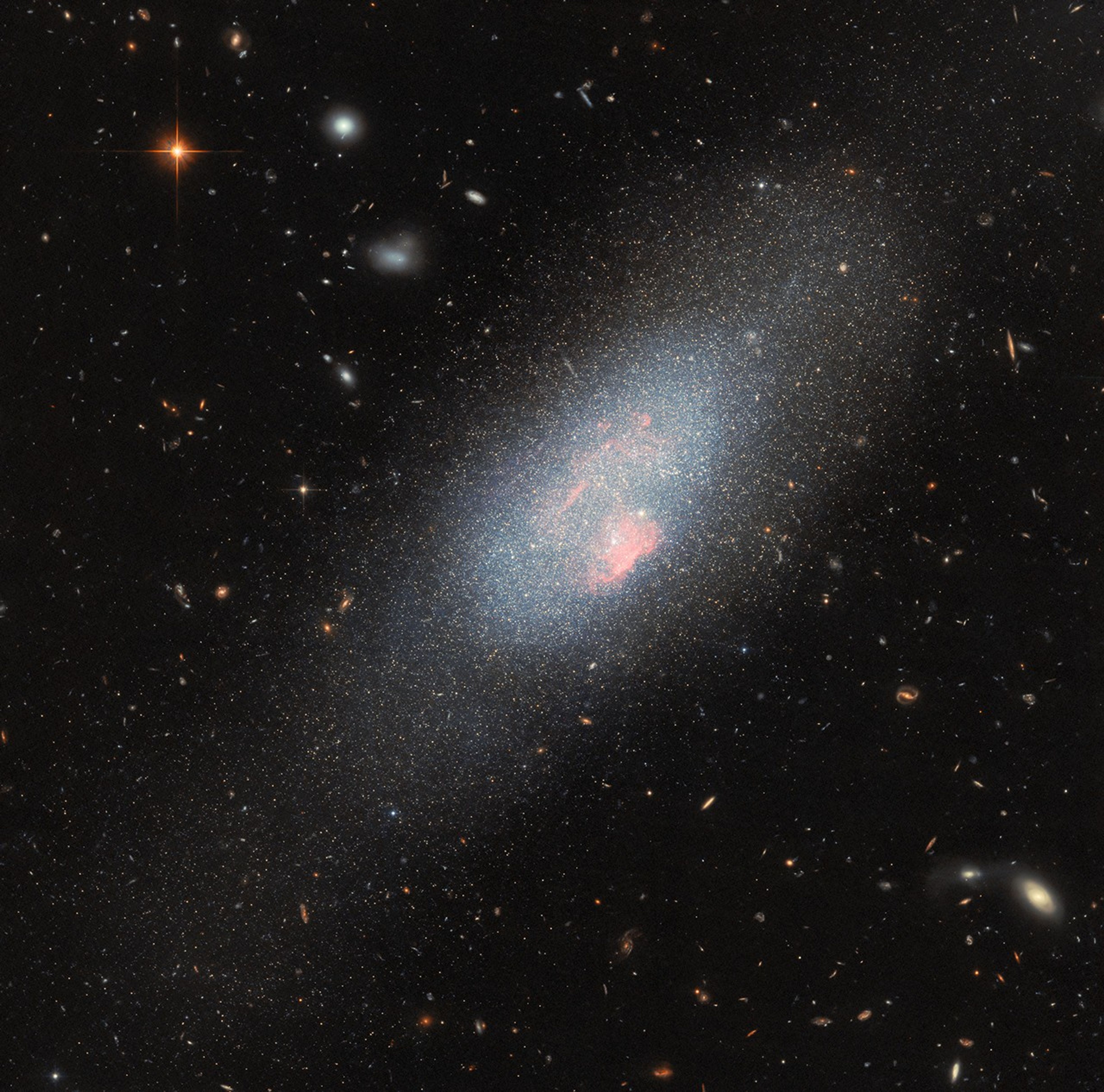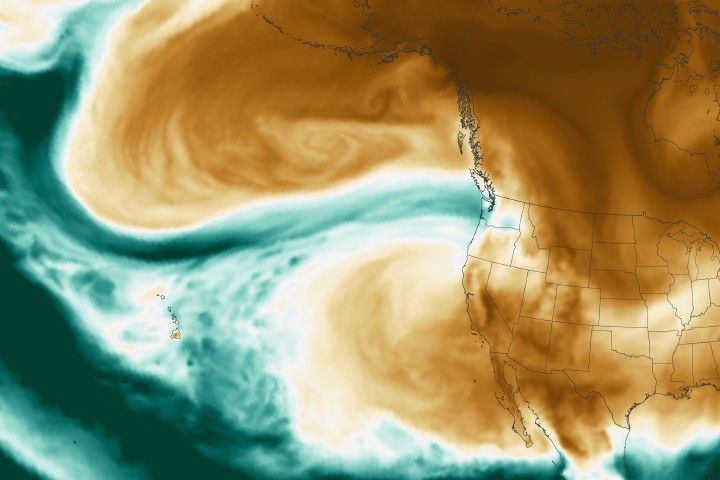Why does the world (and NASA) need digital twins?
From its origin during NASA’s Apollo missions, digital twins today drive everything from personalized medicine to autonomous operations in space by using data to simulate and forecast future behaviors based on what we already know.
Digital twins—real-time virtual replicas of physical objects, systems, and processes—are surging to the forefront everywhere, from the doctor’s office and the manufacturing floor to the innards of cars, aircraft and rocket engines.
As the world grows in complexity, digital twins can help us make better-informed decisions, reduce risk, and deliver life-saving benefits to humanity, especially when combined with the power of scientific computing, artificial intelligence (AI), and sensor technology.
NASA first championed the concept of digital twins after the Apollo 13 accident. After the oxygen tank explosion and subsequent damage to the spacecraft, the agency used simulators and vehicle modeling not only to evaluate the cause of the anomaly but also to develop and test real-time solutions for the astronauts' survival.
Decades after Apollo 13, John Vickers, principal technologist and associate director of the Materials and Processes Laboratory at NASA’s Marshall Space Flight Center, was credited with coining the term “digital twins,” in 2010.
Instruments and spacecraft systems continue to grow in complexity. The digital twin’s goal is not only to ensure these technologies operate as expected and for longer durations but also to enable real-time monitoring, predictive maintenance and adaptive decision-making – such capabilities are critical as we prepare to return to the Moon. It can play a critical role in forecasting the probabilities of mission success.
Several digital twins helped successfully test and monitor the James Webb Space Telescope. The world’s most advanced space telescope, which stands four stories high and the length of a tennis court, could not fit in NASA’s thermal vacuum chamber, prompting the Agency to build a digital twin.
One digital twin modeled the telescope “core” to test its core temperature since a spike in temperature could make the telescope “blind” and unable to look for the universe’s most distant galaxies. Next, a 3D video-based digital twin was developed to enable NASA scientists and partners to follow in real time the unfurling of the giant telescope’smassive sunshield, a complicated maneuver that had 344 different ways to fail.
These virtual models are also transforming analytics on Earth, providing an integrated picture of Earth systems, past and present, as well as how they will evolve in the future. Using a replica of Earth, NASA can detect and monitor floods, the planet’s oceans for carbon, wildfires and air quality, to name a few examples. NASA’s Wildfire Digital Twin uses AI and machine learning to forecast potential burn paths, merging data from sensors to produce precise global models.
Digital twins hold great promise to revolutionize personalized medicine, from preventing to treating diseases. On Earth, digital twins are already used to suggest real-time adjustments to insulin delivery for patients with Type 1 diabetes and show great potential in diagnosing and treating cardiac conditions.
In space, astronaut digital twins could play a pivotal role in predicting and mitigating health issues during missions. By integrating genomic profiles, age, gender, previous flight data and medical history, these tools could enable real-time health monitoring and personalized interventions, paving the way for safer deep space exploration.
How this benefits space exploration:
Digital twins could provide the path forward for humanity to realize its deep-space ambitions. From modeling and simulation to real-time monitoring, digital twins show promise to enhance the safety and reliability of space missions in the era of AI and autonomous operations.
How this benefits humanity:
Digital twins are transforming life on Earth, making it easier to anticipate and tackle complex problems. We now enjoy a better picture of Earth, including predicting natural disasters. The technology shows great promise in improving how we diagnose, treat and monitor conditions like heart disease and diabetes, so people live longer, healthier lives.
Related resources:
Digital Twin Summit NASA PowerPoint Presentation
About BPS:
NASA’s Biological and Physical Sciences Division pioneers scientific discovery and enables exploration by using space environments to conduct investigations not possible on Earth. Studying biological and physical phenomenon under extreme conditions allows researchers to advance the fundamental scientific knowledge required to go farther and stay longer in space, while also benefiting life on Earth.




























